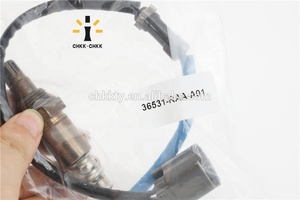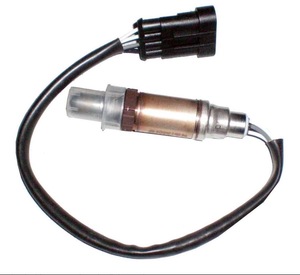(27555 Produkte verfügbar)


























































































































































































In das Phänomen investieren. lambda, verfügbar bei Alibaba.com, ist eine wichtige Möglichkeit, die Leistung verschiedener Maschinen zu verbessern. Diese haben verlockende Rabatte, die ein unglaubliches Preis-Leistungs-Verhältnis bieten. Sie sind in einer großen Auswahl erhältlich und umfassen eine Vielzahl von Merkmalen, die sich durch einzigartige Merkmale und Eigenschaften auszeichnen. Dies stellt sicher, dass alle Käufer das Passendste entdecken. lambda, um ihre Bedürfnisse zu ihrer Zufriedenheit zu befriedigen.
Diese großartigen. lambda bietet herausragende Qualitätsmerkmale, die die Verwendung vereinfachen und den Benutzern eine hervorragende Effizienz bieten. Sie bestehen aus robusten Materialien, die mechanischen Stößen, Hitze und anderen Faktoren standhalten, denen sie in ihren harten Arbeitsumgebungen ausgesetzt sind. Diese sind auch sehr beständig gegen Wasser und andere ätzende Verbindungen, mit denen sie während des Betriebs in Kontakt kommen können. Diese Eigenschaften machen sie sehr langlebig und effizient.
Alle. lambda, die auf Alibaba.com aufgeführt sind, stammen von vertrauenswürdigen Originalausrüstungsherstellern und glaubwürdigen globalen Marken. Dies versichert den Kunden, dass jeder der Einkäufe, die sie auf der Website tätigen, erstklassige Artikel für alle produziert. Diese Artikel verfügen über beeindruckende Designs und Funktionen, die eine einfache Installation fördern, da sie sich nahtlos in das größere System einfügen, um maximale Leistung zu erzielen. Sie bestehen aus recycelbaren Materialien, fördern die Nachhaltigkeit und sind für umweltbewusste Käufer geeignet.
Käufer erzielen die ultimative Rendite ihrer Investitionen, indem sie die am besten geeigneten auswählen. lambda für sie. Das Einkaufen bei Alibaba.com ist unglaublich vorteilhaft, da Käufer bei der Suche nach idealen Produkten Zeit und Energie sparen. Diese sind ideal für Großhändler und Lieferanten, die beim Kauf in großen Mengen massive Werbeangebote genießen.